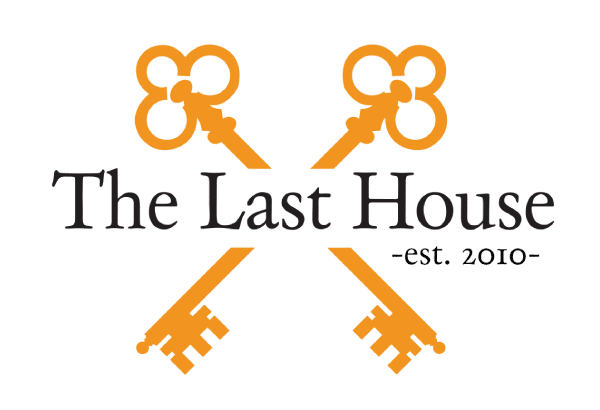What is expressive art therapy?
expressive art therapy is a creative intervention used to treat mental health and behavioral challenges. This modality uses various disciplines of art such as art therapy, music therapy, drama therapy, dance therapy, creative writing therapy, play therapy and sand-play therapy. The combination of these creative processes help individuals, groups and communities grow, heal, illuminate, create, and develop clarity. expressive art therapy draws on many modalities within the context of psychotherapy and medicinal practices.
Types:
Art Therapy- Uses visual arts and media in therapy.
Music Therapy- Music is used to improve psychological, physical, cognitive and social functioning.
Drama Therapy- Uses theatrical interventions to help create personal narratives and act out emotions.
Dance Movement Therapy- Movement is used to connect the mind to the body.
Creative Writing Therapy- Poetry and other forms of writing are used to provide relief.
Play Therapy- Play is used to resolve interpersonal issues.
Sand-play Therapy- Sand and figurines are used to explore the subconscious.
When is it used and what does it treat?
Adults and children both benefit and participate in expressive art therapy. It is often times used for children with behavioral issues such as ADHD. Studies show that expressive art therapy has positively impacted children with impulse control issues and anger issues.
Children and adults with developmental disabilities, eating disorders, brain injuries, anxiety, depression, PTSD, and chronic medical issues benefit greatly from expressive art therapy. Additionally, expressive art therapy is helpful for individuals with social struggles or high levels of stress. This creative expression is a great outlet for releasing anger and other negative emotions. Substance abuse recovery centers and addiction treatment centers use this modality to help individuals create and tell their personal narrative. Individuals are able to access and express parts of themselves, such as memories, into tangible forms.
What to expect:
Typically, an expressive arts therapist relies on their mental health training and creativity. Instinct is a necessary tool when deciding which strategy to use when treating an individual. After meeting with the client(s), the therapist selects a form that is best suited for the clients needs. For example, music therapy is often times used when treating individuals with impulse control disorders. The therapist will provide a broad description of the process but will let the individual or group pick the topic and other details involved. For example, a therapist may suggest that a client struggling with addiction, draw a picture of who they become on drugs and who they are without drugs. Throughout the session, the therapist is observing the client’s process and uses interpretation to draw conclusions. expressive art therapy can be done in schools, treatment centers, private practices and in communities.
Substance Abuse:
Despite the minimal amount of research, expressive art therapy appears to be widely used and beneficial when treating those with addiction. Many treatment centers incorporate expressive art therapy along with other modalities. Some studies have evidence to support the combination of a 12 –step program along with expressive art therapy. expressive art therapy has also been shown to be quite successful when treating youth with substance abuse issues. While there is a need for more research, expressive art therapy can at least provide a platform for creativity and expression.
Resources:
